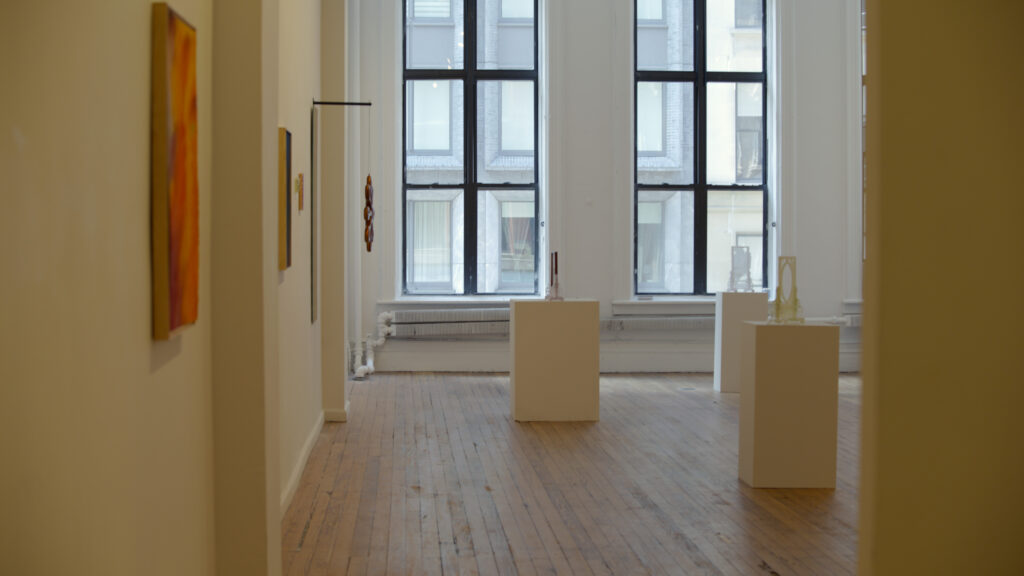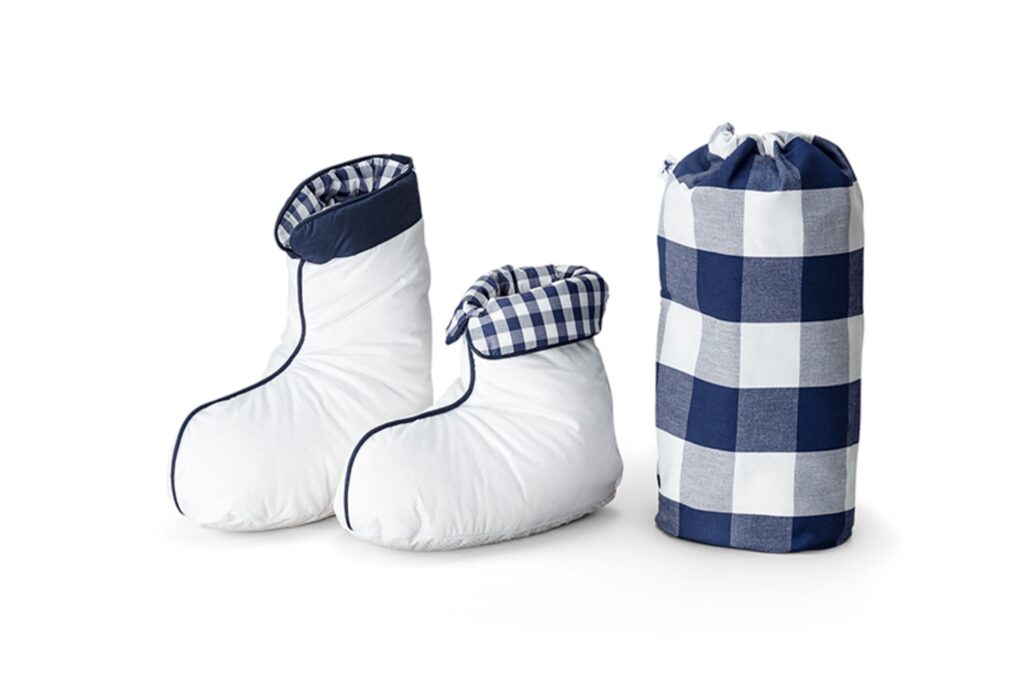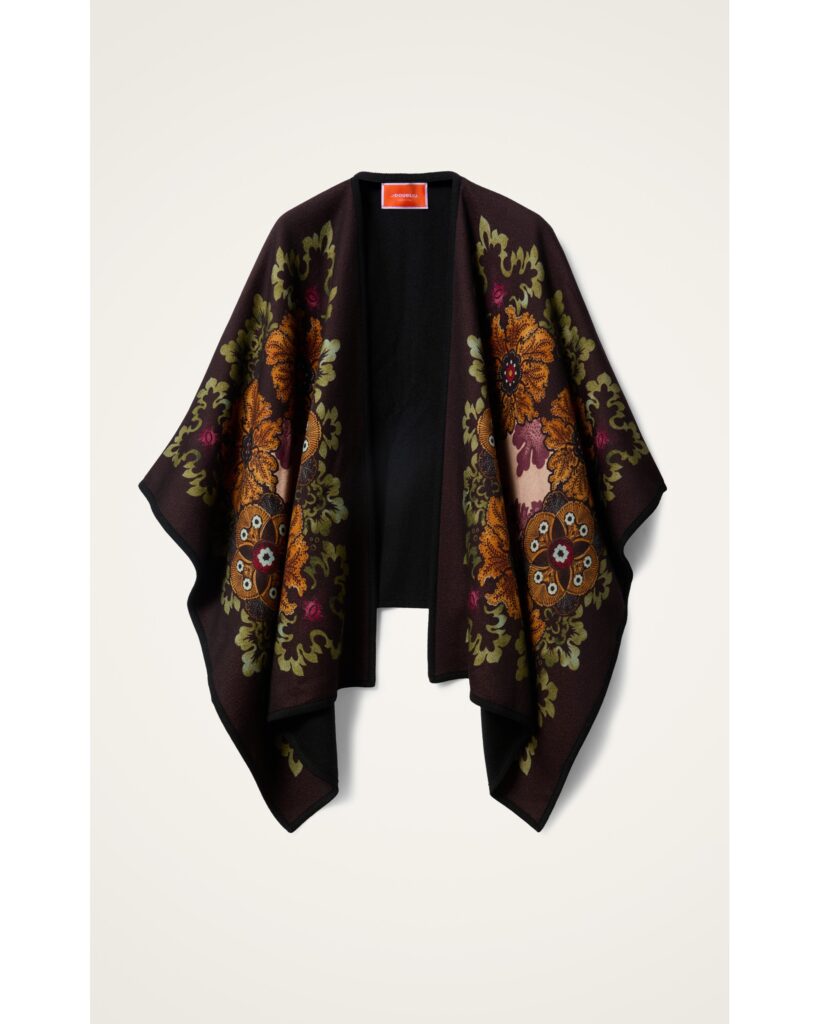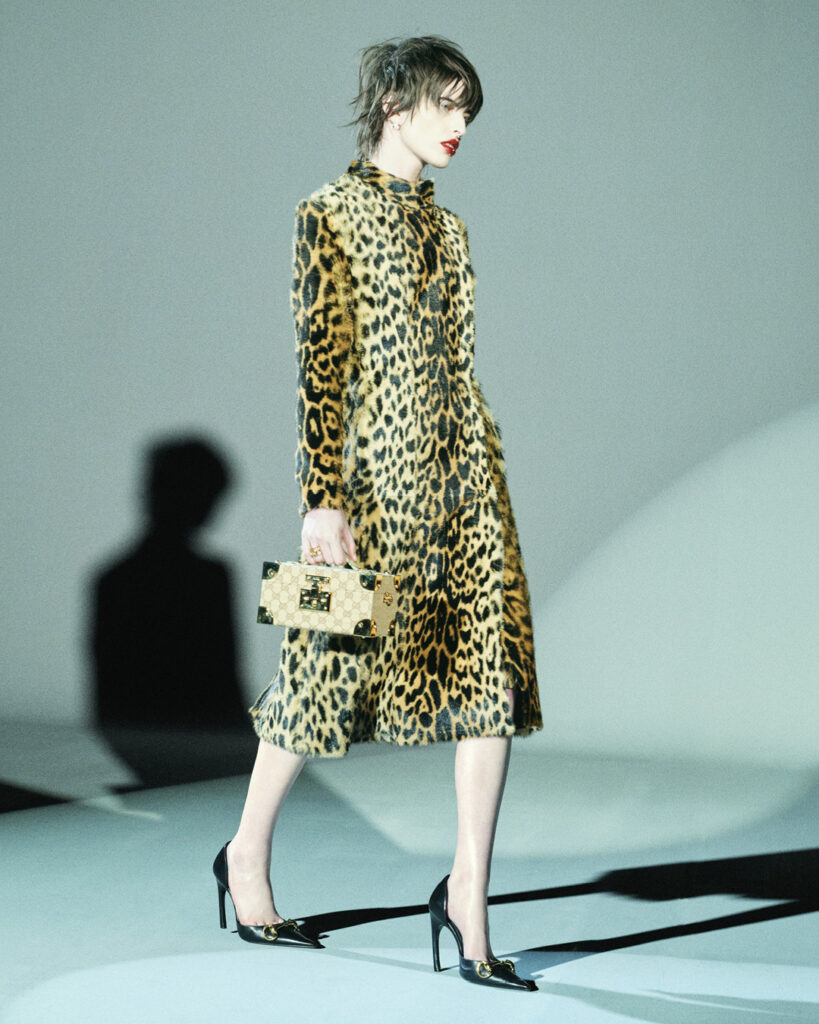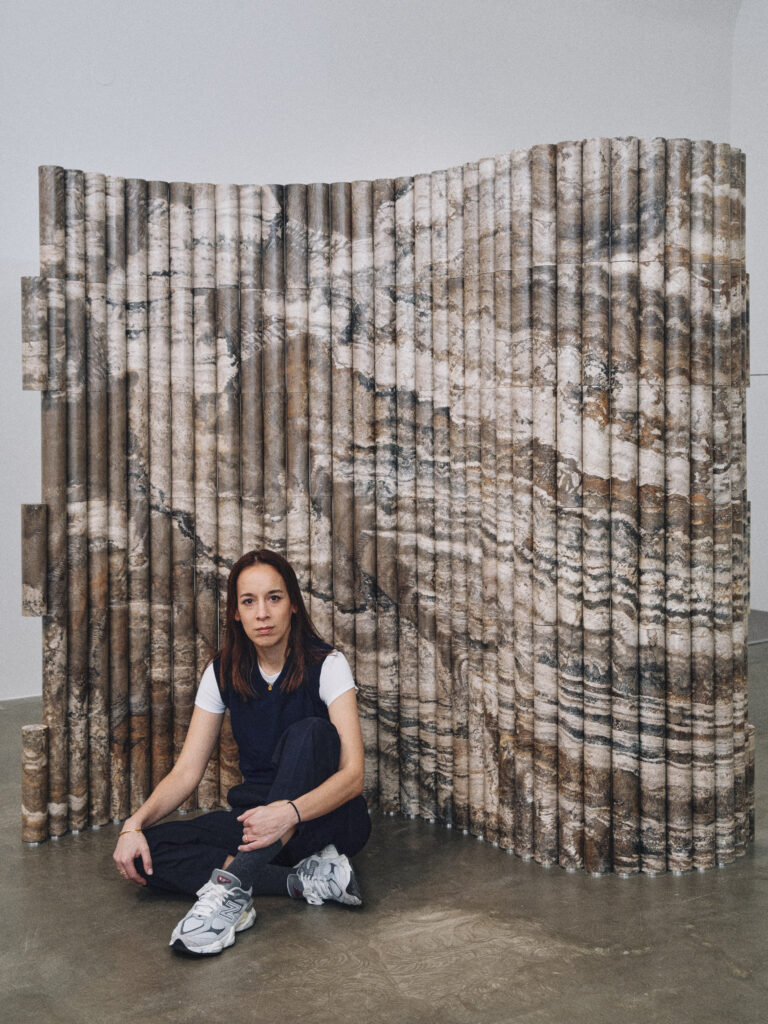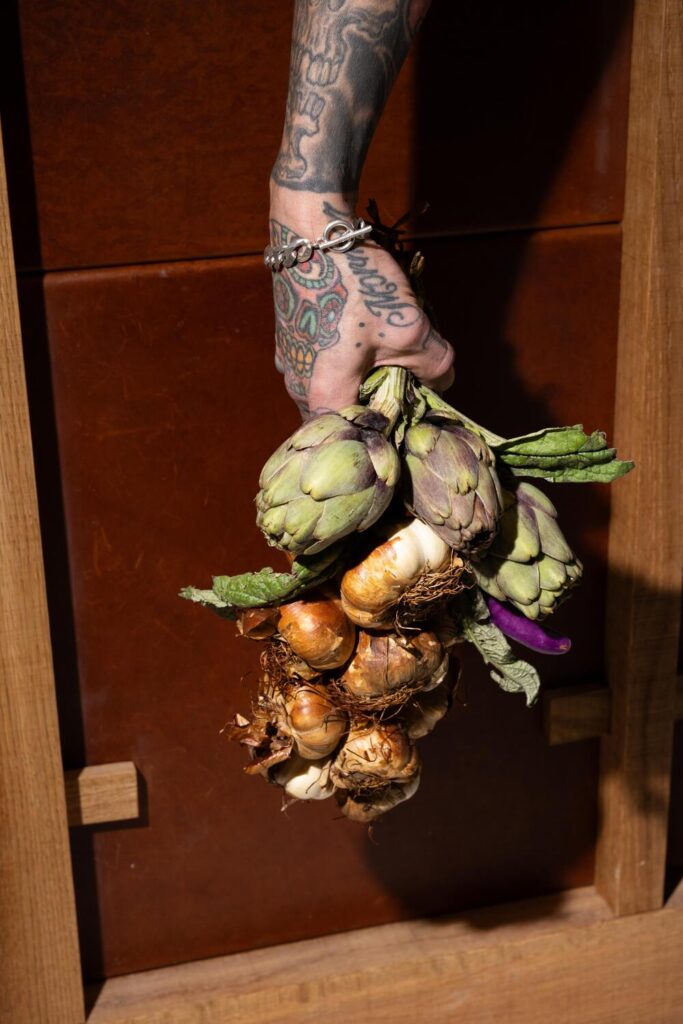The real thing with Tianyi Sun
text Thea Voyles
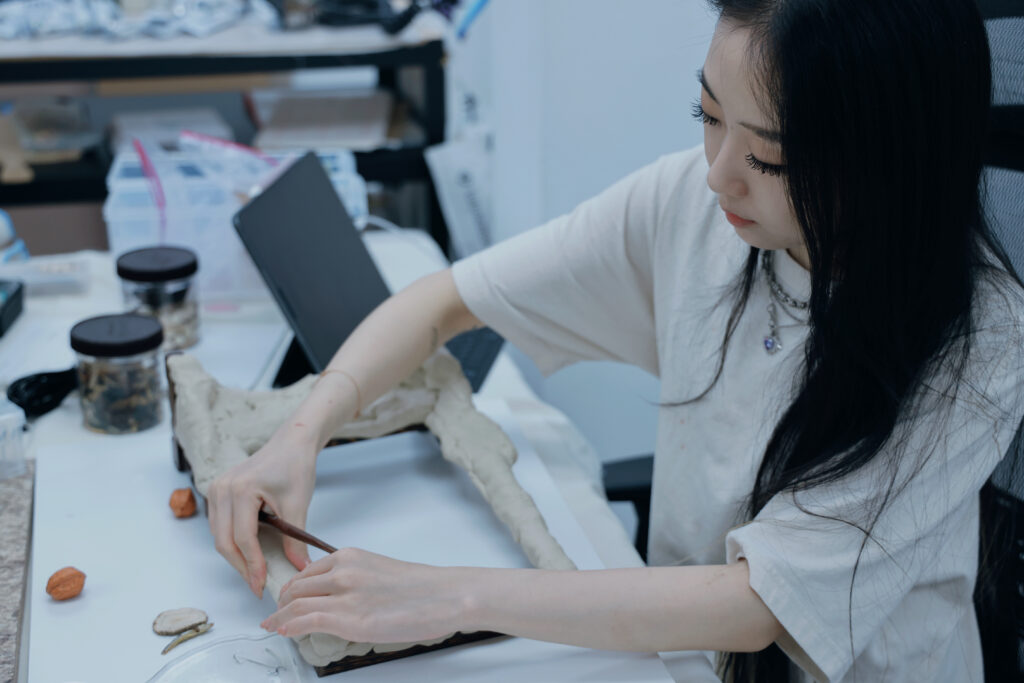
Tianyi Sun in her studio
Human memory is an elastic thing. An expanding bag of tricks, the contents jumbled and lint-coated, altered with every blind fumble inside. Our memories come out slightly different each time, false relics perhaps, but still sacred. Computer memory, on the other hand, is a commodity, a static series of ones and zeroes, a brittle shard of data. We trust it more fully than our own, elevating its contents—sharp, clean, and barely pixelated—to fact. But what about the data that gets lost? That slips through the cracks of an ordered system?
Tianyi Sun doesn’t trust her computer memory. Or rather, she wants to see what data might be hidden between a chart’s gleaming headings. As one of two artist residents in Cornell Tech’s prestigious Backslash program—‘funding artists whose practices are nonlinear, unconventional, unexpected, adventurous, intense, surprising, questionable, and primed for engagement with new technologies’—Sun is on this hunt from within. Backslash’s program manager explained that they seek candidates leading in their field who “escape the norm.” Sun was chosen for her “deep engagement with the tech, not just as a means to an end but to understand the processes behind parsing the data.”
Tianyi Sun. BADWIZARD, 2020 – ongoing. Interactive browser-based application / Multi-Channel Video
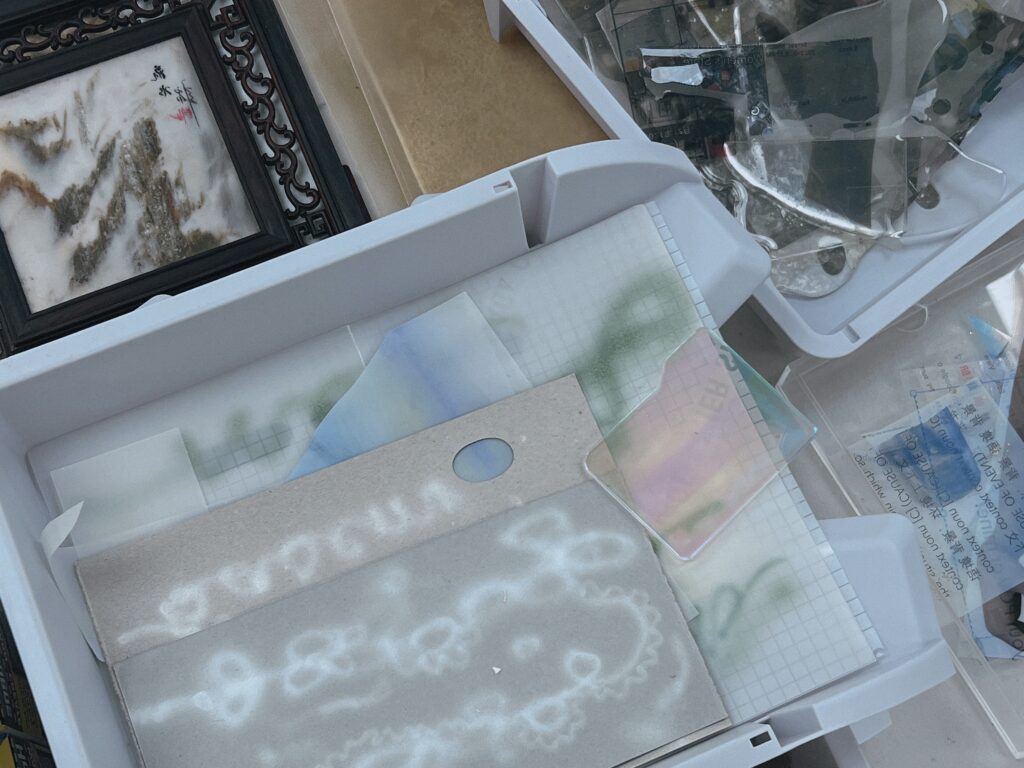
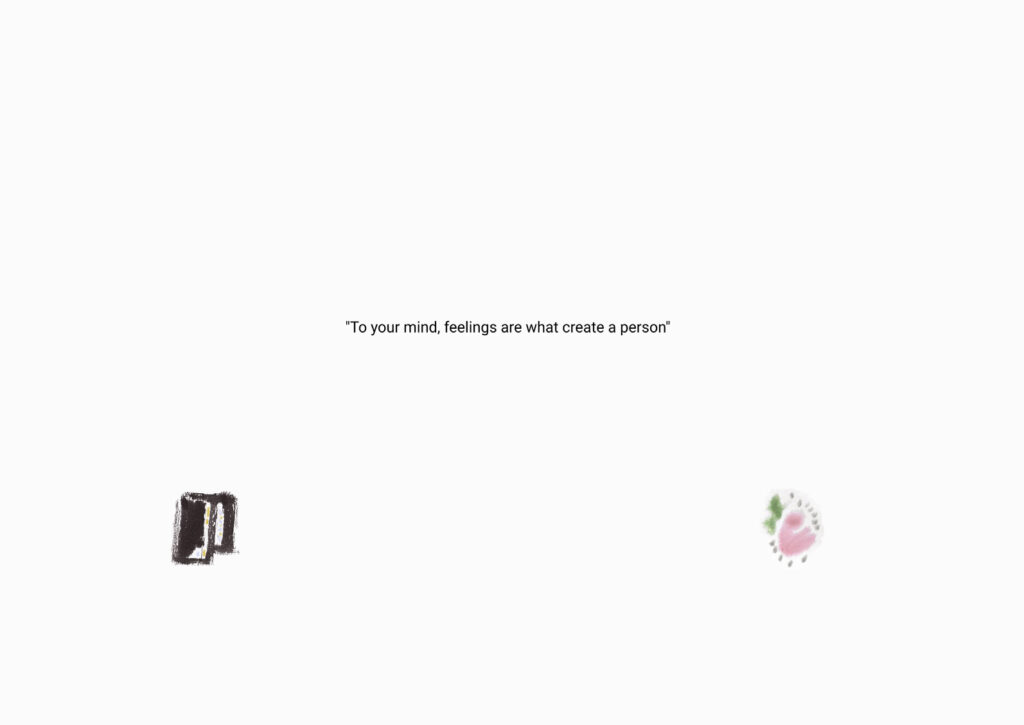
TV: Your work is very tactile, it engages with the senses—not just sound and language, but heat and smell–which is unexpected when dealing with digital technology.
TS: There’s an illusion that digital technology is distant from the human or the body. But our responses to what we experience through technology—synthesis, copies, mediation—are bodily, visceral. I’m interested in the affect that ‘technology’ facilitates, the way that we still react to something, ‘real’ or not.
TV: We are obsessed with differentiating between the synthesized version, or a copy, and the real thing. In the art world especially, we give an artwork value because it is a great example of, or the pinnacle of an artist’s work. In a way, data and AI make that kind of singular thinking impossible. In a society that’s built around the idea of something definitive, we now have all this technology that is continuously generating copies.
TS: I was thinking a lot about this idea of authenticity as being algorithmic. If you think about how you verify an artwork’s authenticity, you pretty much measure it against a set of norms: if the time of creation, or the material, or the gesture matches, it is authentic, “real”. Yet how do you create and come to these gauges, these systems of measurement? Sometimes our gauge of what is most real or authentic is often our first interaction with it, but what happens when that is an interaction mediated by or replicated through technology?
I grew up in the UK, and my experience with, as an example, orange chicken, is both authentic and inauthentic. It isn’t part of a historical cultural heritage, yet this “Chinese food” feels very nostalgic to me, as I ate it growing up, and my emotional connection is real. Nothing is ‘authentic’ anymore—no one true thing, which is why our emotional responses to technology are important.
TV: Emotion is always sort-of deemed to be authentic, so when we have emotional connections to things, they become endowed with authenticity. If we perceive someone as authentic, they’re being genuine. We trust them. Or you know, an authentic restaurant is not catering to a tourist audience; it’s about not being tricked. Nostalgia is authentic, but memories are tricky. How are you exploring memory at Cornell Tech?
TS: I am working on a continuation of a project I started in 2020, BADWIZARD. The name comes from the Wizard of Oz, when Dorothy finds out that the wizard was fake and calls him a bad man, he responds, ‘I’m a good man, but I’m a bad wizard,’ because he failed to fool her. That’s pretty much what computers are, or what technology is, or even, I would say, what memory is. We think we have certain points in our lives that we really capture, but when reconstructing the memory, you are really making a lot of things up. You conjure the most coherent version, based on the context, or the time, or your emotions.
The pandemic hit Asia much earlier than it did the US. When it hit the US, I felt like my present folded back on itself. I had the same conversations—going through the same fear and anxiety, seeing the same images in the media—with a new group of people that I had with family and friends in China a year earlier. In BADWIZARD, I collected a lot of data—chat logs from friends, diaries, images—and condensed all of these ‘data-points’ into an interactive browser-based narrative where you’re able to navigate through short little vignettes. Some of the events are real, some of them are fake, or could feel real, but might not have actually happened.
Data is often used as an illusion of reality—something that’s real, something that happened. It’s seen as static, true, perfect. But when you think about what data is, it doesn’t mirror reality—it mirrors our ways of describing, valuing, and interpreting reality. It is not fact, more rhetoric, narrative, performance even.
Tianyi Sun. BADWIZARD, 2020 – ongoing. Interactive browser-based application / Multi-Channel Video.
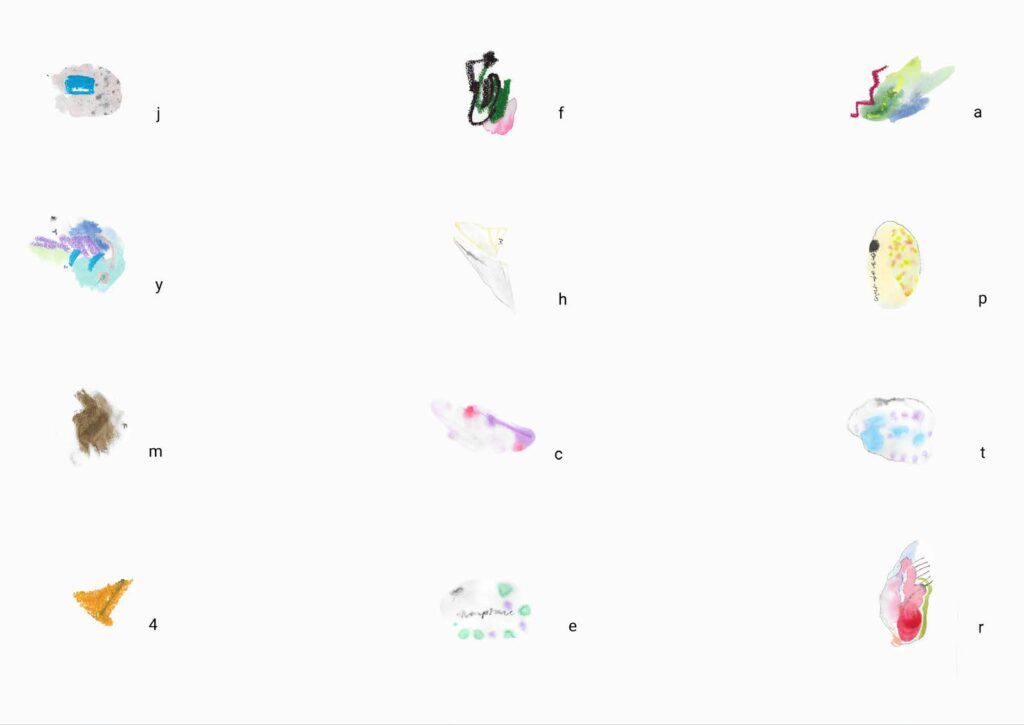
TV: Cool. How is the project evolving?
TS: I am taking the project further at Cornell Tech. I shifted from approaching the subject matter from a very personal point of time [angle] to investigate how similar data and narrative really are. AI takes information from all of the data points and then regurgitates it back to you and we are very reliant on these processes, it’s seen as almost this hand of truth. At the same time, users are more aware that much of our experiences are mediated through data; before ChatGPT or AI became so accessible, there was less of an awareness or curiosity on how and where data comes to be.
TV: I always have difficulty answering the most basic surveys, just because of how limited the options are or how much context I want to give. I often feel that I’m somehow messing up the data set…
TS: Exactly. Working with data, I wanted to understand it more through a computational lens, because for me, the way I work, I can get very theoretical, very quickly. At Cornell Tech, I am working with data scientist Gabriel Agostini and researching the processes of data collection and its applications. It’s crazy how much of your answer is already determined by the question. I would say this works similarly to how mold systems operate, or archive systems —they are doing something for you, they’re documenting, saving, protecting even, but at the same time, they are distorting, and they are limiting, and skewing things.
There’s also a lot of data that is collected that is not usable, because it doesn’t fit within the schema, or the language that is used in an opposing data set. There is no way to compare it, to correlate it, so it is not studied creating a shallow view. It’s really problematic because that is the data that you have to work with. You have these very subjective studies, and you want to think about ways of expanding this information or making it more ‘universal’, but then that runs the risk of things becoming inaccurate. The question I am exploring is what happens when data doesn’t fit into any of the given categories, or when there’s something you know that is missing. What happens then?
TV: I think of a data scientist or a statistician as someone who’s very attuned to exactitude, but in a way, you have to be willing to work with incredibly vague versions of things. To me that feels almost like the opposite of the way that you would go about making art, right? Like you find your way into these big, ‘universal’ themes, through the most specific, or personal detail.
TS: Yes, exactly. And the way we comprehend data is oftentimes also through narrative. You see all of these dots, and you conjure up this mini storyline; you make up a coherent sequence. Your brain is a kind of a “Bad Wizard”. That’s important because people only collect information when it’s useful, right? No-one wants to collect what each grain of sand looks like or what the different smells of the trash are. We only document when someone wins a war, or they want to sing their own praises—documenting is always sort of about proving something. It’s human nature, and I think it’s normal, but it becomes problematic, at least for me, when it has that illusion of being more than that.
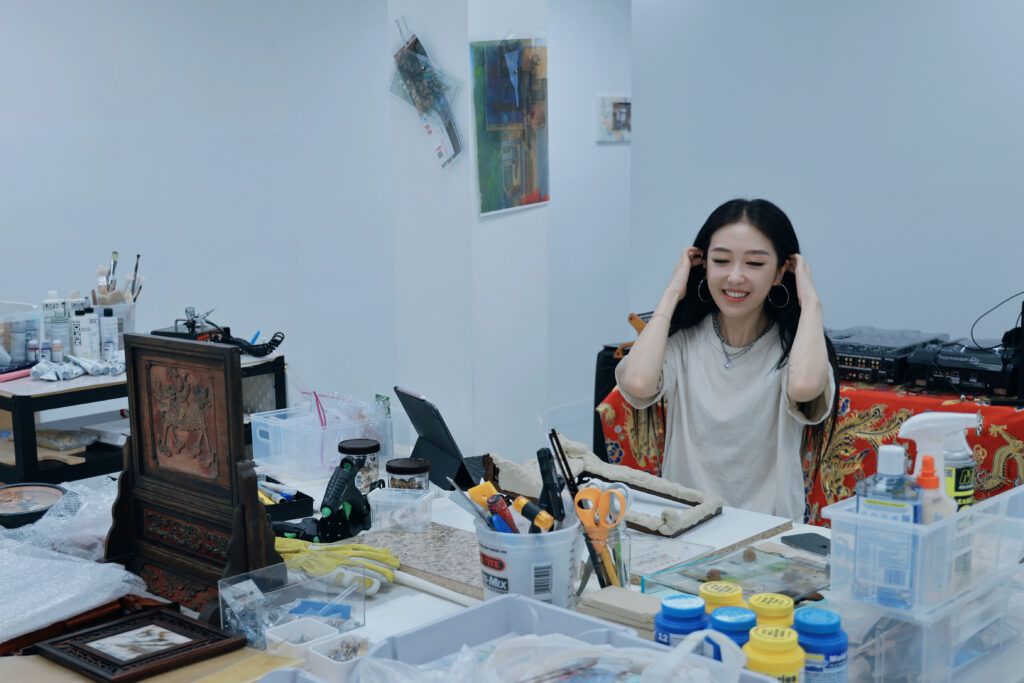
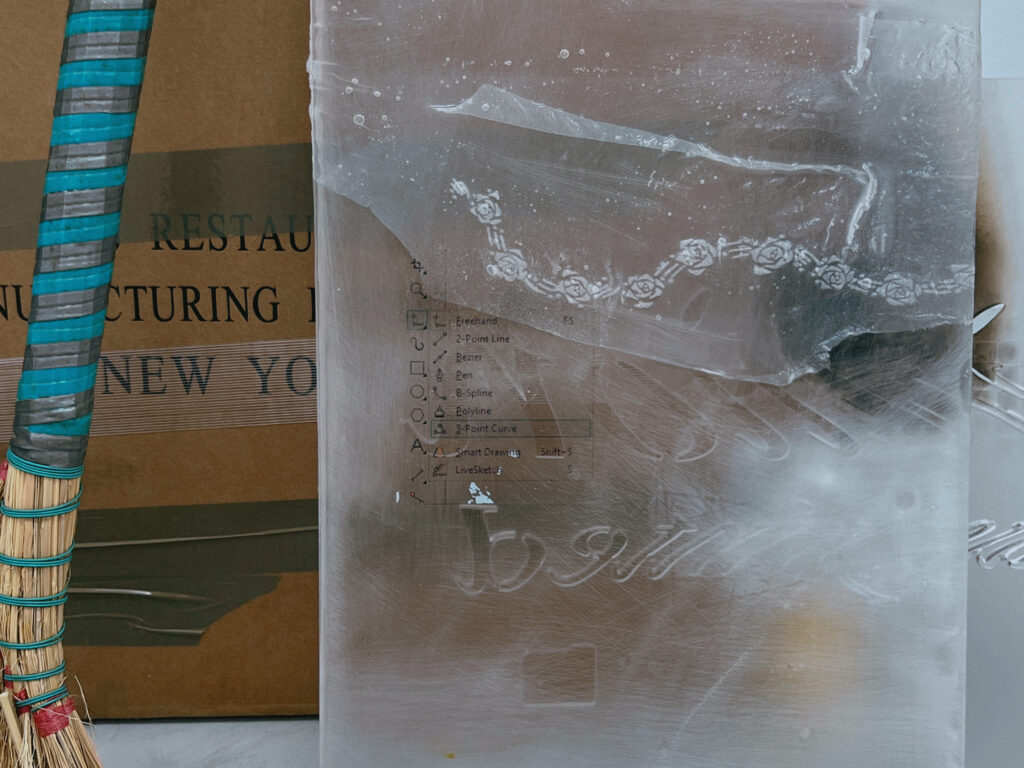
TV: Provisionality, in a way also resists this kind of narrative structure.
TS: In my collaboration with Fiel, we debunk the black box of technology; there are no tricks. Our work is transparent, but there is still an illusion. When I was growing up with the internet, transparency surrounding your identity wasn’t demanded. You could be @KittyQueenxox, and that was you. No one was going to say that’s not your name—like cool. You could be whatever you wanted, and obviously that has its own problems. Like a middle-aged man is posing as your best friend or something. But it’s also very generative to be your authentic self through this lens online. We’ve lost that now with the internet and social media and its demand for transparency. As visually other, I am now easily identified without my consent. I don’t want to say it’s bad or good, it is however, forced.
TV: There are a lot of stories about women experiencing modernist architecture in that way, like women who were fans of Mies van der Rohe and Le Corbusier who ended up feeling like they couldn’t live there. There’s so much transparency that there’s no privacy. The glass box becomes scary if you are the one being watched—it’s dependent on your subjectivity.
This continuity between your digital life and your real life is interesting to me. Culturally, we have conflated transparency and consistency. Or, perhaps, transparency and authenticity. Like, we demand two-factor authentication from everything.
TS: It takes me back to the language of data. We look for data that is consistent. Data that is the real thing.
Tianyi Sun. Screening [Touch], 2024.
Epoxy resin, wax, Plexiglas, goji berry, wild jasmine, Euryale ferox, acrylic polymer, acetate 38.1 x 40.6 cm. 15 x 16 in.
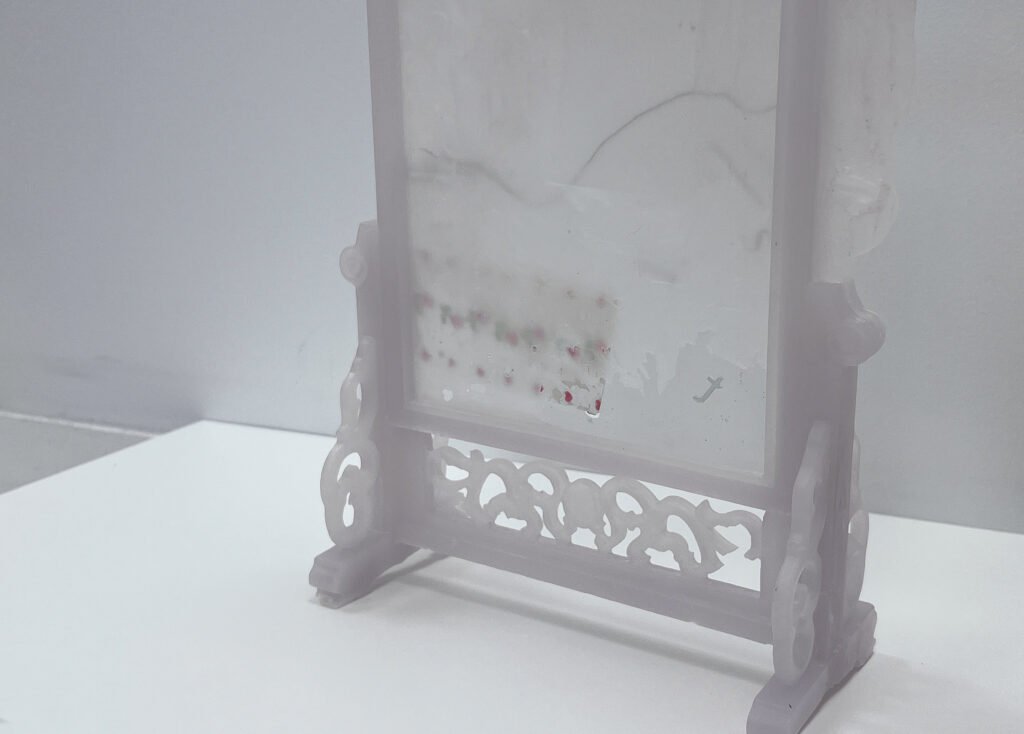
Tianyi Sun as part of All Paradises, curated by Thea Volyes
